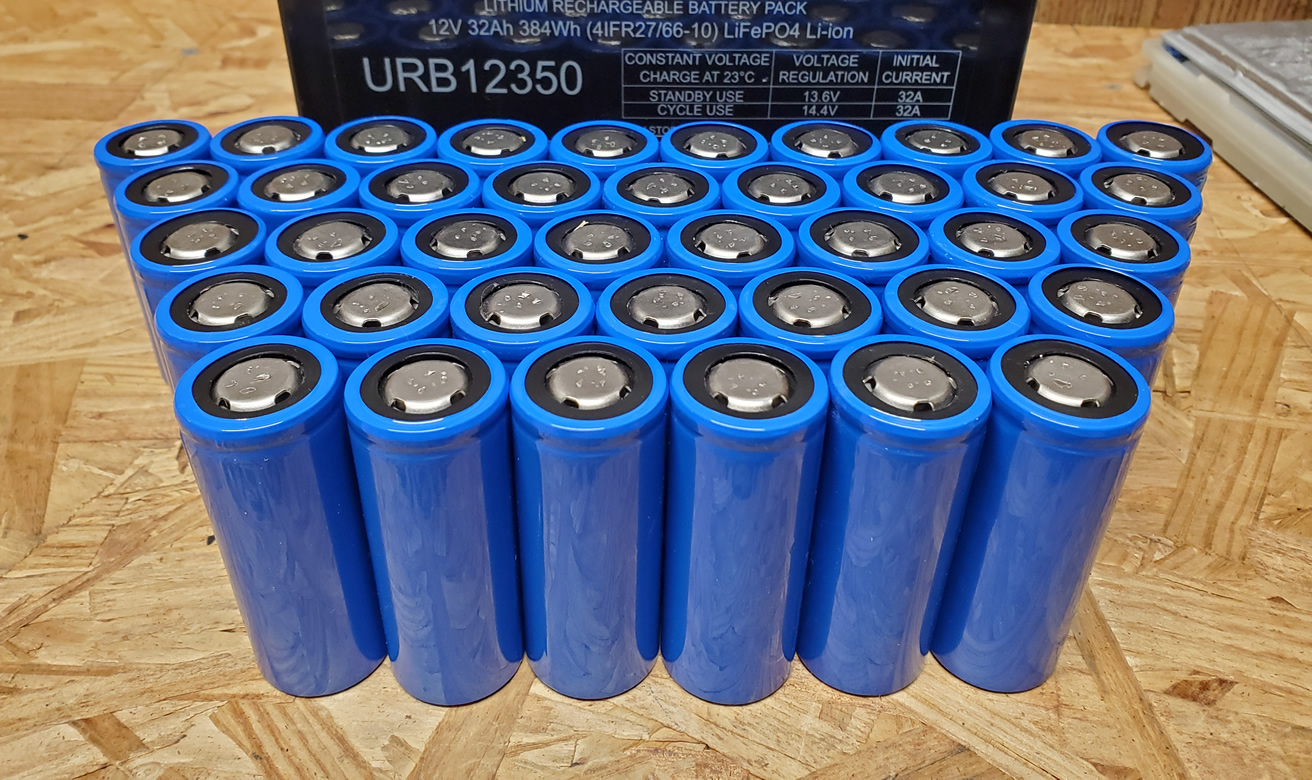Dr. Dickie
Member
- Joined
- Sep 23, 2020
- Messages
- 363
Okay, I started a month ago with putting my Powerwall inside my house.
HB recent vid and thread changed my mind on that.
I then figured a way to get a steel cabinet into garage (advantage: Powerwall would be right next to service panel which it would be hooked into. Disadvantage: Would be about a 100' run from solar panels to powerwall.
I have dismissed the idea of a shed, as I have a plastic shed (8' x12.5').
If I am putting it into a cabinet, then I could use the shed (advantage: Solar panel run is only a few feet; long run would be 120V; and this would be about 25' away from my house).
Disadvantage, I am in Florida, and this shed has a little shade, but I still bet it get 100+oF during the summer.
Is that temperature too high to have the battery in? It would seem that starting off with the cells at 100oF without internal heating might not be a good idea.
Thanks for any opinions--I will at least slow down with the questions soon.
I saw this thread:

 secondlifestorage.com
secondlifestorage.com
And it makes me think I could have problems.
Ground water for cooling is actually trivial to get--5 feet down around here you strike water, I have put in a handful of shallow water wells, and have one close by that is currently on a solar pump.
But, that would create a whole new can of worms. I am trying to learn everything I need to know about these powerwalls right now.
HB recent vid and thread changed my mind on that.
I then figured a way to get a steel cabinet into garage (advantage: Powerwall would be right next to service panel which it would be hooked into. Disadvantage: Would be about a 100' run from solar panels to powerwall.
I have dismissed the idea of a shed, as I have a plastic shed (8' x12.5').
If I am putting it into a cabinet, then I could use the shed (advantage: Solar panel run is only a few feet; long run would be 120V; and this would be about 25' away from my house).
Disadvantage, I am in Florida, and this shed has a little shade, but I still bet it get 100+oF during the summer.
Is that temperature too high to have the battery in? It would seem that starting off with the cells at 100oF without internal heating might not be a good idea.
Thanks for any opinions--I will at least slow down with the questions soon.
I saw this thread:

powerwall cooling
I want to ask a question to the Group on DIY power walls, is anyone planning for cooling? I think that keeping the temperature of the cells below 40C would be pretty important. I just watched this video from 2013 by Jeff Dahn. The several takeaways that I got from the video were the...
And it makes me think I could have problems.
Ground water for cooling is actually trivial to get--5 feet down around here you strike water, I have put in a handful of shallow water wells, and have one close by that is currently on a solar pump.
But, that would create a whole new can of worms. I am trying to learn everything I need to know about these powerwalls right now.
Last edited:





